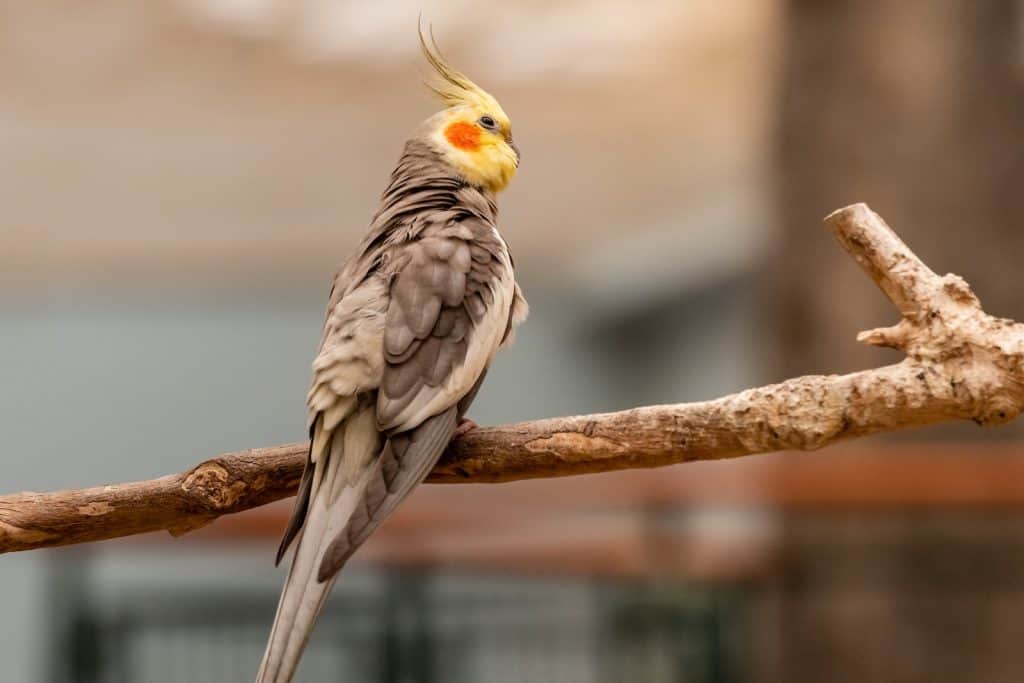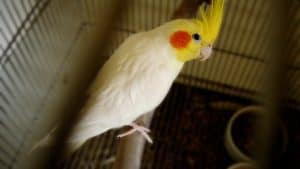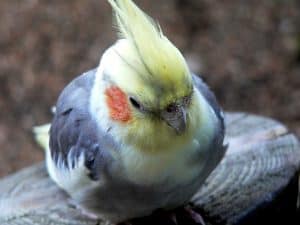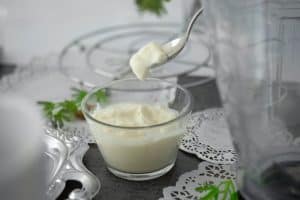Cockatiels, those charismatic and sociable parrots, have captured the hearts of bird enthusiasts worldwide. Their unique and charming appearances often raise questions like, “Can Cockatiels Change Color?” In this comprehensive guide, we’ll delve into the intricacies of cockatiel plumage, exploring why these birds sometimes appear to undergo astonishing color transformations.
If you’ve ever marveled at the brilliance of bright yellow feathers, the enigma of changing color, or the charm of those iconic orange cheek patches, read on. We’re about to uncover the secrets of cockatiel coloration, from normal grey cockatiels to the mesmerizing cinnamon pieds.
Understanding Cockatiel Color Variations
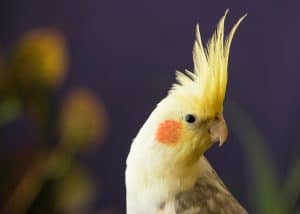
Before we dive into the world of color changes, let’s lay the foundation by exploring the natural color variations among cockatiel species. Most cockatiels are the “normal grey” variety, known for their grey feathers, white face, and striking orange cheek patches. While this is the default appearance for adult cockatiels, young cockatiels often exhibit some differences in coloration, such as a hint of green on their plumage. However, the only major difference between males and females in this category is that males lose their original coloration with age, developing a more uniform grey appearance.
Molting and Its Impact on Color
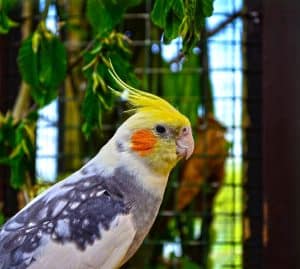
One of the primary factors influencing cockatiel color is molting. Molting is a natural process where birds shed old feathers and grow new ones. During this time, cockatiels may temporarily appear to change color due to the shedding of worn feathers and the growth of new ones. This process can be startling for bird owners, as it may seem like their beloved pet is undergoing a sudden transformation. However, rest assured that molting is a common occurrence among birds.
Seasonal Changes in Color
Did you know that seasonal changes in light can also affect a cockatiel’s color? As the amount of daylight varies throughout the year, it can impact the intensity of a cockatiel’s coloration. This is especially noticeable in “white-faced” cockatiels, where the absence of pigment can make them appear more vibrant in certain lighting conditions. So, don’t be surprised if your cockatiel’s color seems to shift with the changing seasons.
Health and Diet’s Influence on Color
Maintaining a balanced diet is crucial for ensuring your cockatiel’s feathers remain vibrant and healthy. Cockatiels that receive proper nutrition tend to have more vibrant colors. A diet rich in vitamins and minerals is essential for promoting good feather health. Additionally, providing your feathered friend with direct sunlight can have a positive impact on their plumage, enhancing the brightness of their feathers.
Genetic Mutation: The Key to Abnormal Feathers
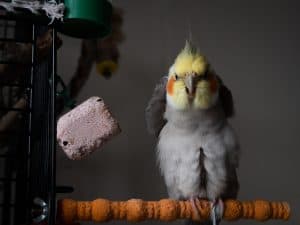
Sometimes, a cockatiel suddenly appears with abnormal feathers that defy the typical grey or white-faced coloration. This phenomenon is often the result of a genetic mutation. One such mutation is the “cinnamon pied,” where the normally grey feathers are replaced with a warm cinnamon color. These mutations can result in captivating patterns and colors, making each cockatiel unique.
Stress and Color Changes
Just like humans, cockatiels can experience stress, and it can manifest in their feather condition. Stress bars, which are dark pigmentation lines on feathers, are a sign that your bird may be going through a tough time. Understanding and addressing the sources of stress can help your bird maintain its normal coloration.
- Perfect Treat: Millet is a popular and nutritious seed that is suitable for a variety of bird species, including Canaries, Budgies, Lovebirds, Cockatiels, and Conures. These small seeds are rich in carbohydrates, protein, and essential nutrients, making them a healthy addition to the diet of many pet birds. Millet can be offered as a treat or as part of their regular diet. It provides energy and can also serve as a source of mental stimulation for these intelligent birds
- Building Blocks of Health: All Natural, no pesticides or chemicals and Non-GMO, our millet is high on Amino Acids, a crucial element for overall health - supporting functions such as muscle development, immune system strength, and feather quality in birds
- Value: Pristine all-natural millet, free from stems, ensures you pay solely for the premium millet, maximizing value and quality in every purchase
- Proudly Grown and Sun Dried in the USA: Prioritizing and supporting domestic agriculture, our millet is farmed and packaged in the Midwest which provides a lower carbon footprint. Sun Drying enhances the flavor and nutritional content of the millet while avoiding the use of artificial drying methods
- Convenient storage and Bug-resistant: Easily store our bird millet spray in a cool environment without concerns or complications. Our millet spray won't attract unwanted bugs, ensuring a clean and hassle-free storage experience
The Enigmatic Orange Cheek Patches
Cockatiel feathers: A Canvas of Color One of the most iconic and endearing features of cockatiels is their vibrant orange cheek patches. These patches, often referred to as “orange cheek patches,” are a hallmark of their charm and personality. These striking accents add a burst of color to the otherwise subtle grey and white feathers of the “normal grey” cockatiel.
White Feathers and the Orange Contrast: The contrast between these vivid orange cheek patches and the white feathers that surround them is truly eye-catching. It’s important to note that these patches aren’t exclusive to the “normal grey” cockatiels. They can also be found in other color variations, such as lutino cockatiels, where the white feathers create an even more pronounced backdrop for the orange brilliance.
First Molt and the Transformation: As cockatiels grow and mature, their orange cheek patches can become more defined and vibrant. This transformation often occurs during their first molt, a phase in their development where they shed old feathers and replace them with new ones. Witnessing these changes in your cockatiel’s cheek patches can be a delightful experience.
The Spectrum of Colors in Lutino Cockatiels
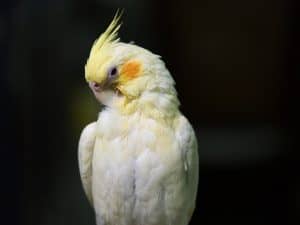
Lutino Cockatiels: A Splash of Sunshine Lutino cockatiels are a stunning variety known for their bright yellow barring and overall greenish coloration. These birds are a testament to the remarkable range of colors that can be found within the cockatiel species. Unlike the “normal grey” cockatiels with their subdued grey feathers, lutinos stand out with their vibrant and sunny appearance.
The Role of Genetics and Lutino Cockatiels: Understanding the coloration of lutino cockatiels involves delving into the realm of genetics. Lutino cockatiels are the result of a specific genetic mutation that affects the distribution of pigments in their feathers. This mutation causes their feathers to lack dark pigmentation, resulting in their predominantly yellow and green coloration.
The Evergreen Appeal: Lutino cockatiels maintain their unique coloration throughout their lives, making them a popular choice among bird enthusiasts. Their greenish hues, combined with the yellow barring on their feathers, create a captivating and exotic appearance. This coloration remains consistent, unlike the subtle changes that can occur in “normal grey” cockatiels.
Final Thoughts: Can Cockatiels Change Color?
In the world of cockatiels, color change is a fascinating and complex subject. While it’s not common for these birds to drastically change colors like chameleons, factors like molting, genetics, and even seasonal variations can give the illusion of transformation. Remember that maintaining your bird’s health through a balanced diet, proper care, and a stress-free environment is essential for ensuring the vibrancy of their plumage.
In conclusion, the question, “Can Cockatiels Change Color?” can be answered with a resounding “yes,” but the extent and reasons behind these changes are far more nuanced than meets the eye. Embrace the beauty of these remarkable birds and appreciate the diverse palette of colors they can display.
